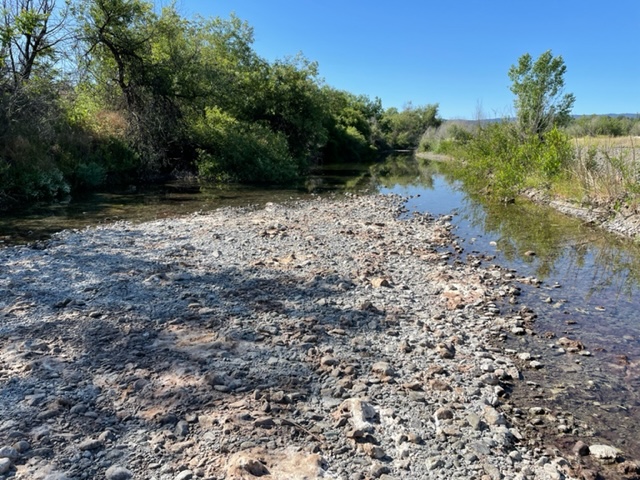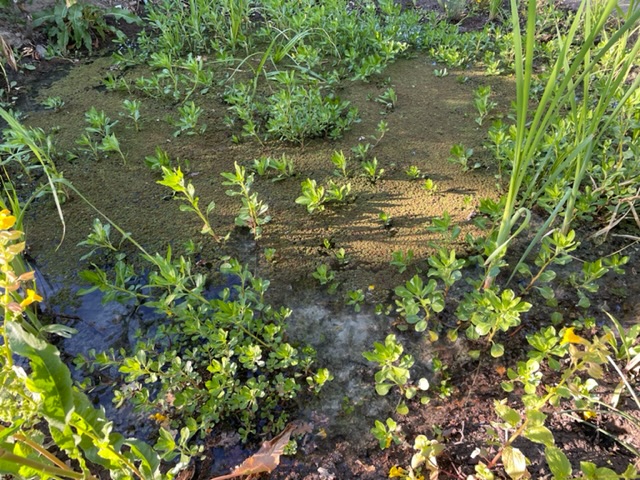Providing nesting boxes for cavity-nesting birds, has attracted Western screech owls, barn owls, wood ducks, blue birds, and tree swallows.
I began planting the Valley Oak savanna nineteen years ago on what had been bare land, tilled for agriculture. It is now habitat for nesting birds, hares, squirrels, and foxes.
Clarkia growing through creek bed gravel.
California poppies on creek bed gravel.
Ceanothus.
Ground cover during the rains of Winter and Spring.
Mixed native penstemons and sages.
Golden-beard penstemon.
Heucheras (coral bells or alum root) with penstemons and sages.
With habitat improvement, the ranch has become a refuge for blacktail deer.





















